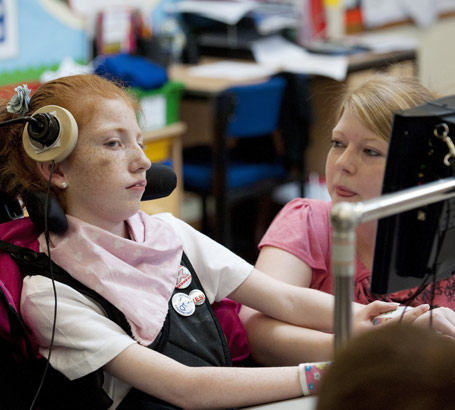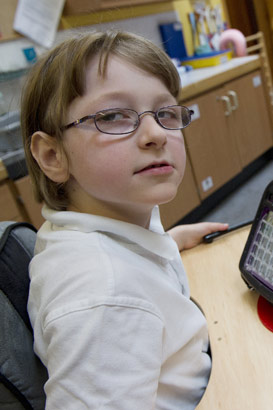
Here we will consider the fact that listening is something that has to be done actively. This is why teaching pupils to listen is so important. Assessing their ability to listen effectively is clearly essential in terms of ensuring a sense of inclusion and belonging.
Many pupils with learning difficulties have particular problems in learning to listen. They live in a world full of noises and have to learn to attend to what their teacher or parent or someone else is saying and ignore all of the other noises that they hear around them.
Read the following document on teaching listening skills.
and attention

Sounds may be perceived as being the same (recognition) or different (discrimination). The ability to detect and discriminate
sounds is known as auditory acuity, and is very much the focus here. Most children learn rapidly to focus on certain aspects
of complex 'packages' of auditory stimuli and ignore others: this is known as auditory attention. When pupils begin to hear
attentively they are said to be listening.
What is it that you currently do in order to develop listening skills? What works best in your context and why?

Learning to listen is part of the process of becoming a proficient reader. The first phase of the Letters and Sounds programme is concerned with developing speaking and listening skills prior to the systematic teaching of phonic skills.
Many schools have developed their own checklists to record pupils' progress and levels of attainment. For an example, consider the following document which attempts to relate the p-level descriptions to Phase One of Letters and Sounds. The checklist covers several aspects of Phase One: E = environmental; I = instrumental; P = body percussion; R = rhythm; V = voice sounds, as indicated by the letters in brackets.
Consider how you might use this. What would be the benefits and what might be the drawbacks of using such a tool?
of checklists

This checklist shares the fault of many checklists – it does not show the context in which the behaviour is seen.
It is possible to indicate what scaffolding is required to elicit a response, eg VP = in response to verbal prompt or reminder,
I = imitated in response to adult model, PP = in response to physical prompt, instead of a simple YES or NO.
One of the advantages of this checklist is that it serves as a reminder of how much progress pupils have to make in terms
of learning to discriminate a range of sounds before any consideration can be given to teaching the sound values of letters
in a phonics-based approach to teaching reading. Phase 2 activities from Letters and Sounds are really only appropriate
for pupils who are working at p-levels 7 and 8.